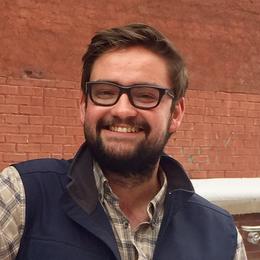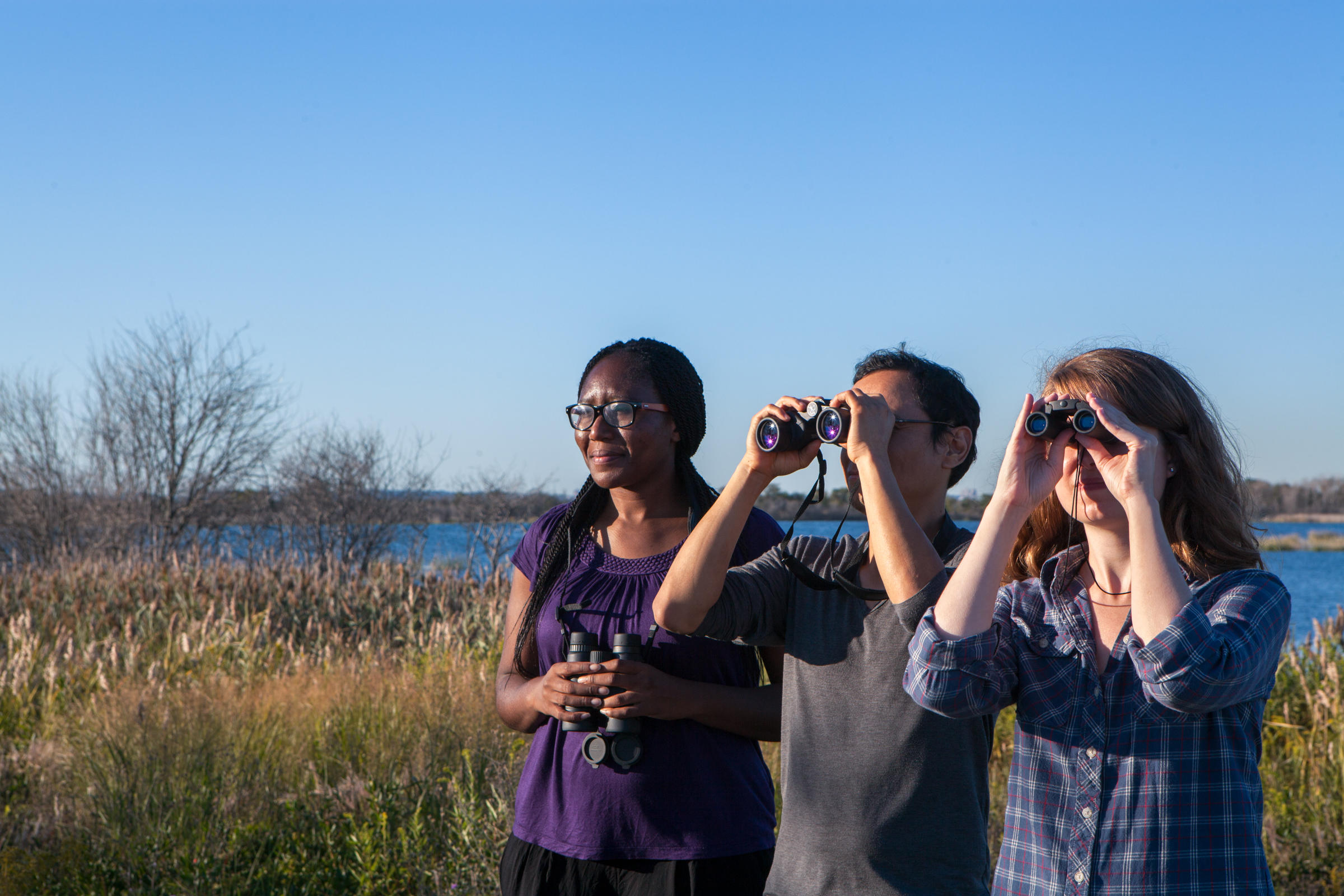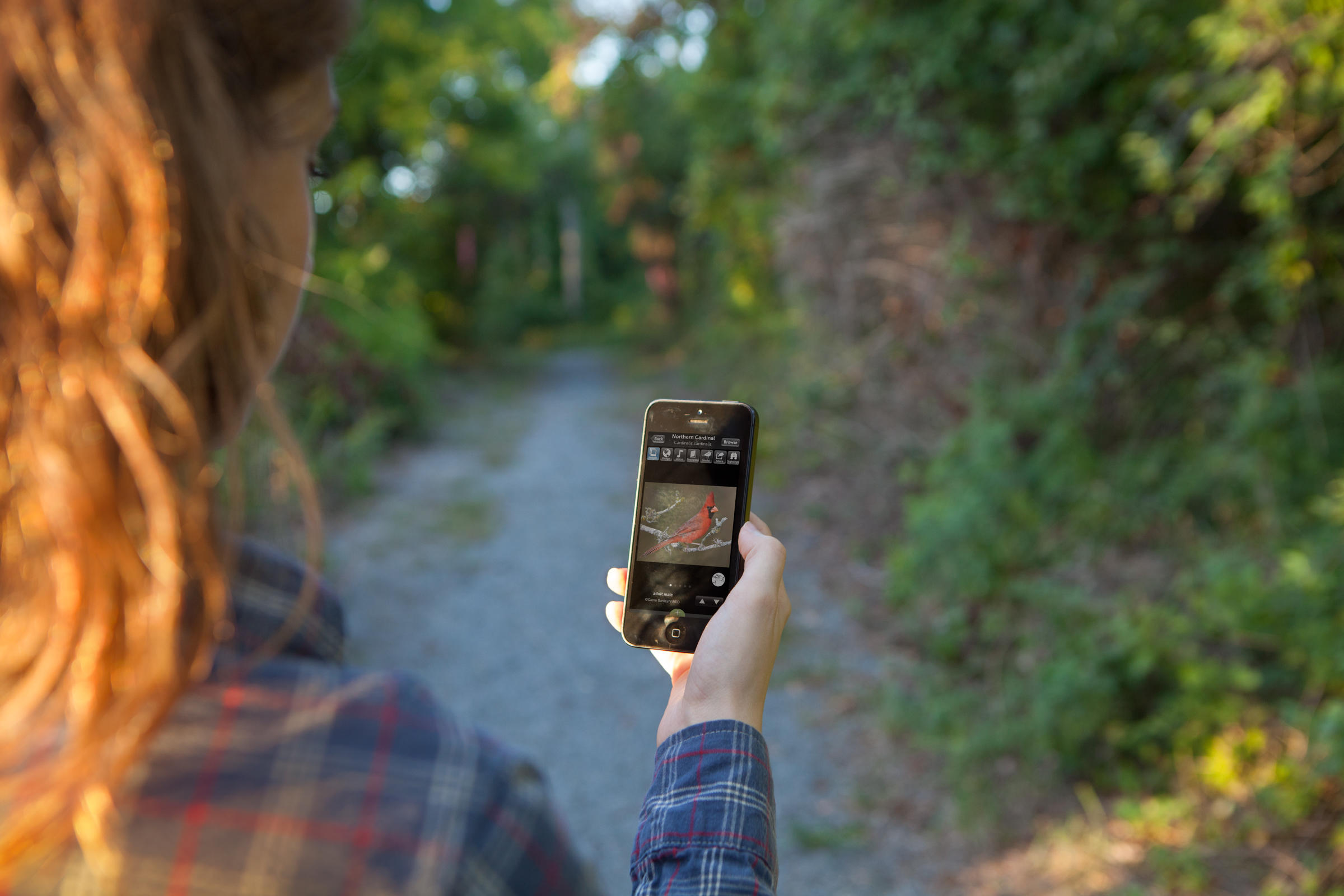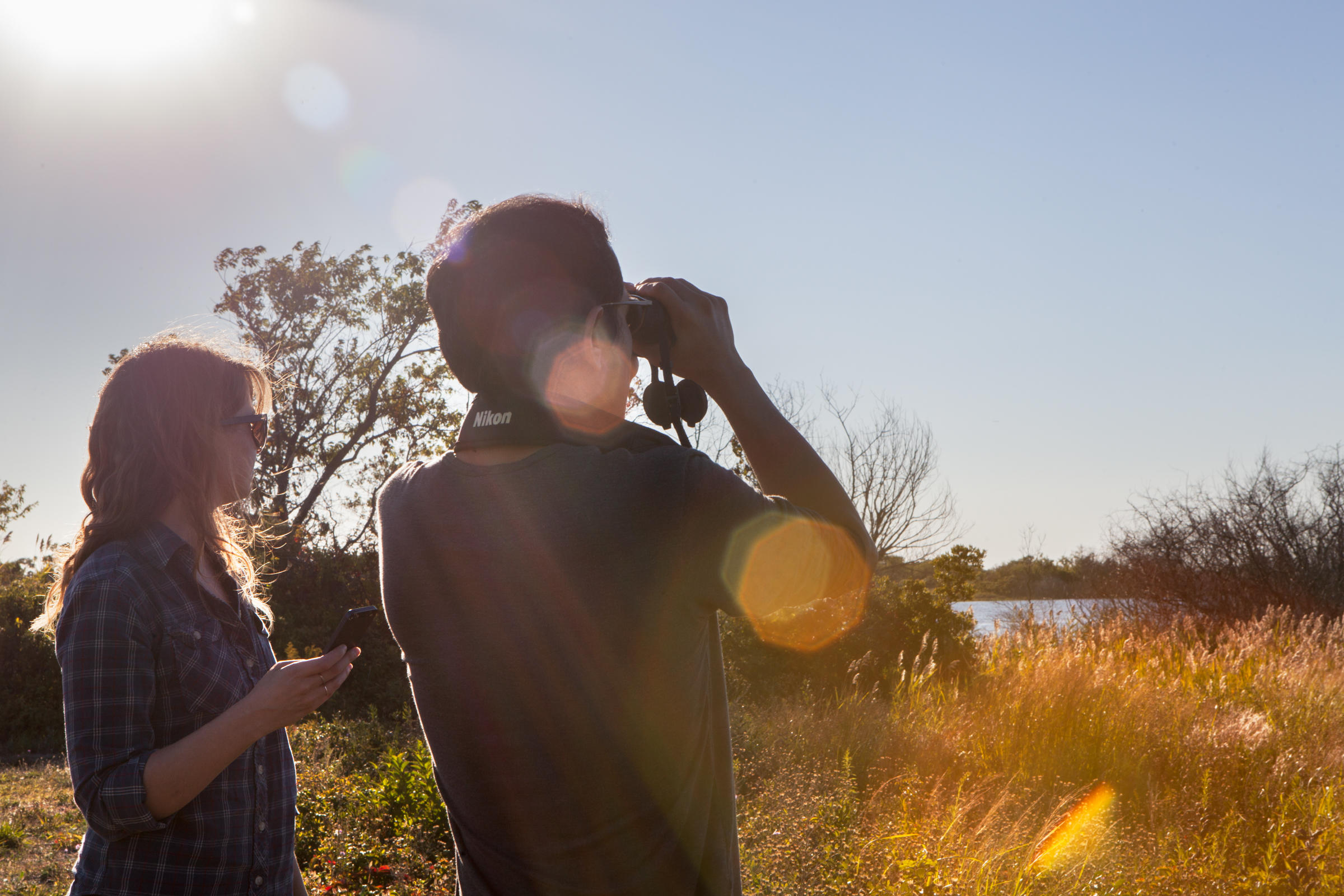Audubon’s Birds and Climate Change Report predicts that over half of North American bird species will lose more than 50 percent of their current climatic range by 2080. To test these predictions, Audubon is running the new citizen and community science initiative Climate Watch. Climate Watch utilizes volunteers to document bluebird and nuthatch population responses to a warming planet. Over two 15-day periods each year, in the winter (January 15-30th) and in the breeding season (June 1-15th), volunteers in the field look for birds where Audubon’s climate models project they should be in the 2020s. All sightings are recorded in eBird, an online database which is a partnership between Audubon and the Cornell Lab of Ornithology, and the observations aid in our understanding of Audubon’s projected 2020 climate models.
This year, seven local Audubon chapters throughout New York State participated in the study, including Southern Adirondack, Onondaga, Buffalo, Jamestown, Genesee Valley, North Shore, and Chemung Valley Audubon Societies.
Rob Snell, Climate Watch Coordinator for Southern Adirondack Audubon Society, surveyed Red-breasted nuthatches and explained his experience as “contributing to something larger than my life list … that Climate Watch is a great project for any chapter that has birders that want to be involved with real science”. He found the program appealing for “its ability to include both novice and very experienced birders”.
North Shore Audubon Society President, Peggy Maslow, who first got involved with citizen science a decade ago through conducting horseshoe crab and piping plover surveys, had 10 volunteers participate and found eBird to be an essential tool in recording their survey findings. Despite not frequently seeing their target species, she explained Climate Watch to be different from other Audubon bird counts since “you didn’t have one specific date, but had the freedom to choose when a handful of people went out within a two-week period.”
Elizabeth Bergstrom, National Audubon Society’s Climate Content Manager, surveyed White-breasted Nuthatches within Brooklyn’s Prospect Park. Growing up, her family participated in Audubon’s Christmas Bird Count which she believes contributed to her love of birds and other wildlife. Regardless of not being adept at birding by ear, she claims “you don’t need to be an expert by any means ... I can identify a moderate number of common birds by sight and the target species are pretty easy to identify, especially if you look at a field guide and listen to their songs before you go.”
We hope to increase the number of Climate Watch counts next year so that we can continue to learn how birds are responding to climate change in New York. If you would like to find out more about being a volunteer or coordinator in your area, please contact the Field Organizer Kelly Knutson at kknutson@audubon.org.










